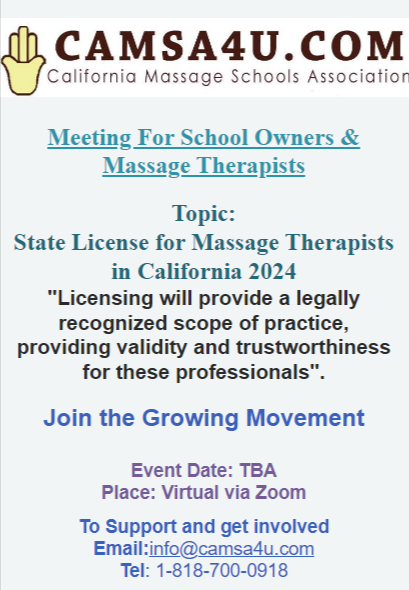Massage therapy has grown in popularity as a trusted method for relaxation, pain relief, and overall wellness. However, misconceptions about massage persist, often preventing people from fully embracing its benefits. Let’s explore and debunk some of the most common myths surrounding massage therapy.
Massage Is Just a Luxury. Many people view massage as a pampering activity reserved for spa days or vacations. While it’s true that massage can feel luxurious, it also provides therapeutic benefits that go beyond relaxation. Research shows that massage can reduce chronic pain, alleviate stress, improve circulation, and even support mental health. It’s a legitimate component of a holistic healthcare routine.
Massage Hurts, So It Must Be Working. Some believe that a massage needs to be painful to be effective, particularly deep tissue massages. While certain techniques may involve firm pressure to address specific issues, a good massage should never cause significant pain. Effective therapists work within your comfort level to achieve results without unnecessary discomfort.
You Need a Problem to Benefit from Massage. Massage therapy isn’t only for those with injuries or chronic pain. Even if you feel perfectly healthy, regular massages can help maintain your well-being by reducing stress, improving flexibility, and boosting your immune system. Think of it as preventative care for both your body and mind.
All Massages Are the Same. There are numerous types of massage, each tailored to specific needs. From Swedish and deep tissue to reflexology and sports massage, the variety ensures that there’s a technique suited for everyone. Understanding your goals and communicating with your therapist can help you find the right type of massage for your needs.
Massage Only Helps with Physical Issues. While massage therapy is excellent for relieving physical pain and tension, its benefits extend to mental health as well. Massage has been shown to reduce symptoms of anxiety and depression, improve sleep quality, and foster a sense of emotional balance. The connection between touch and mental well-being is powerful and scientifically supported.
Pregnant Women Should Avoid Massage. Contrary to this myth, prenatal massage is specifically designed to support pregnant individuals. It helps alleviate common pregnancy discomforts such as back pain, swelling, and stress. Trained therapists use safe techniques to ensure both the mother’s and baby’s well-being.
Massage Provides Instant Results. While you may feel immediate relief after a massage, long-term benefits often require consistency. Regular sessions can help manage chronic conditions, improve posture, and maintain a state of relaxation. Think of massage as a journey rather than a quick fix.
You Can’t Talk During a Massage. Many people assume they need to stay silent during a session, but communication is key. If you’re uncomfortable, need more pressure, or have specific areas you want addressed, let your therapist know. Open dialogue ensures you get the most out of your massage.
Massage Is Only for Adults. Massage therapy can benefit people of all ages, including children and seniors. Pediatric massage can help with conditions like colic or anxiety, while massage for older adults can improve mobility, reduce pain, and enhance overall quality of life.
It’s Always Expensive. While some high-end spas charge premium rates, massage therapy is often affordable and accessible. Many clinics offer packages, discounts, or insurance-covered treatments, making it easier to incorporate into your routine.
Understanding the truth about massage therapy can help you make informed decisions about your health and wellness. Whether you’re seeking relaxation, pain relief, or a mental health boost, massage offers a wide range of benefits. Don’t let myths hold you back from experiencing its transformative power—schedule your session today and discover the facts for yourself!

